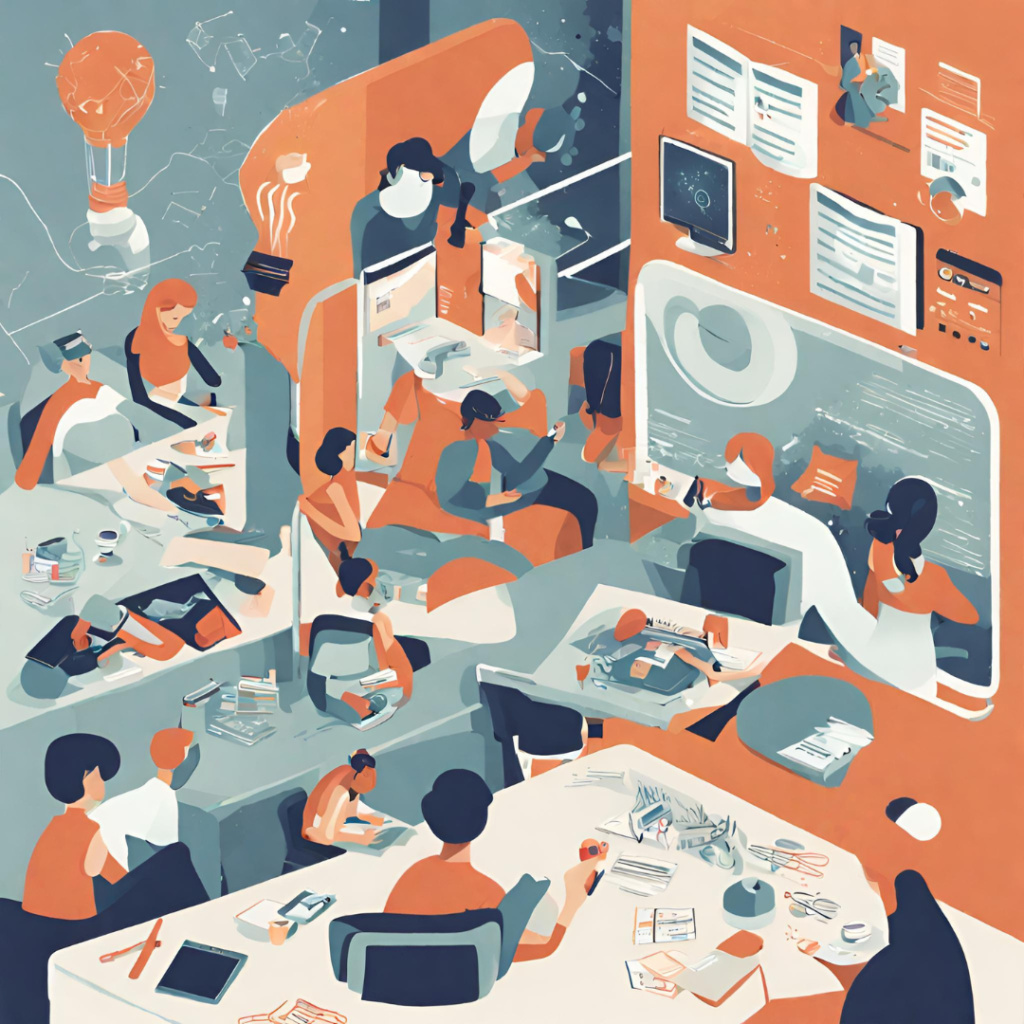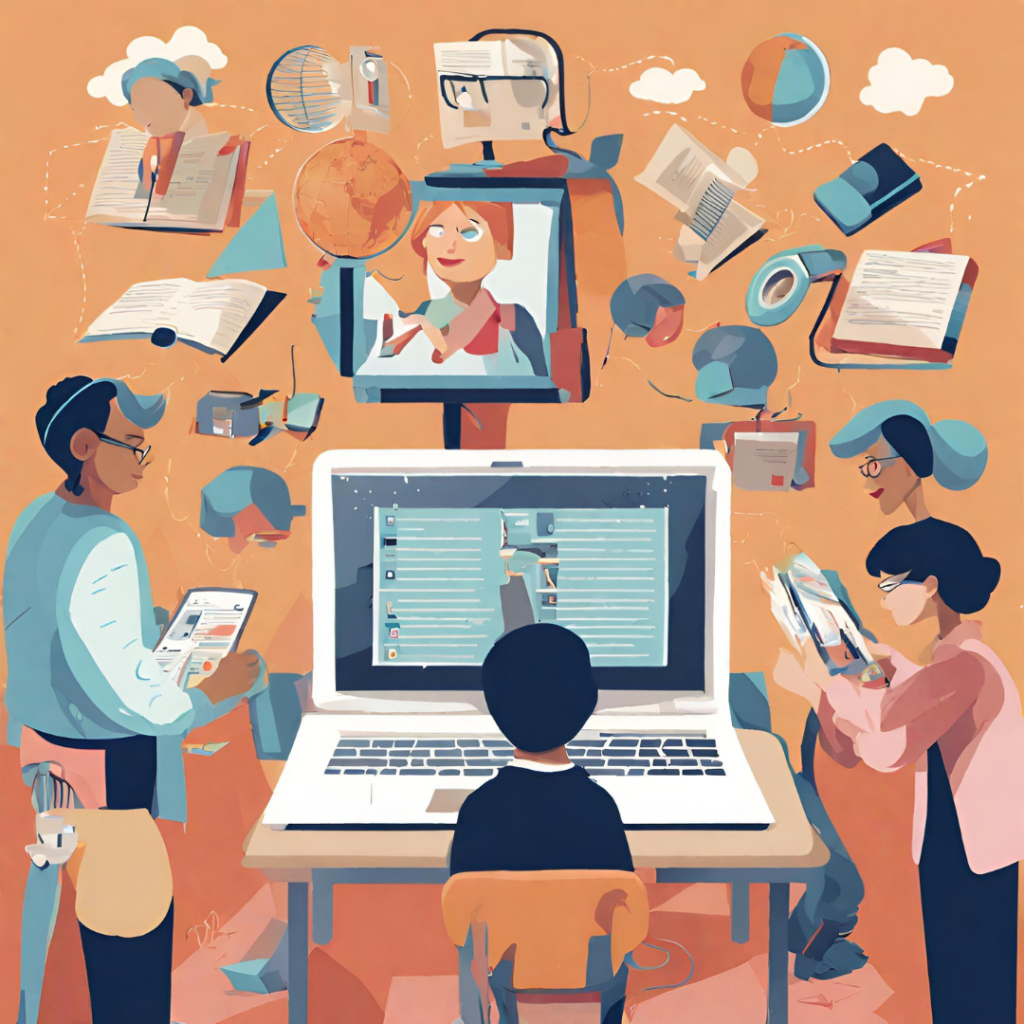
In a rapidly evolving world, characterized by technological advancements and shifting societal values, our traditional understanding of learning styles is also undergoing transformation. With the dawn of the digital age, an increasingly globalized society, and the unique challenges posed by the 21st century, the way we assimilate and process information is bound to adapt. This article sheds light on how current global trends are molding our learning preferences and what the future holds for individualized education.
1. The Rise of Digital Learning Platforms
Digital learning platforms have become ubiquitous, presenting a range of multimedia content that caters to varied learning preferences. This shift to digital is redefining our understanding of classic learning styles and necessitating adaptability.
Evolution in Learning Styles:
The vast landscape of online learning platforms, from MOOCs (Massive Open Online Courses) to dedicated tutorial channels, offers something for every type of learner. Visual learners are feasting on visually rich presentations and video content. Auditory learners have podcasts and online lectures at their disposal. The kinesthetic learners aren’t left behind either, with interactive simulations and digital labs allowing hands-on experiences in a virtual setting. These platforms are not just accommodating traditional learning styles but also refining them, making learners more versatile in their approach.
2. Globalization and Multicultural Education
As our world becomes more interconnected, learning is no longer confined to regional or national boundaries. Multicultural education and exposure to diverse viewpoints are influencing the ways we prefer to learn.
Learning Styles in a Global Context:
Interacting with a plethora of cultures and ideologies means that learners are now more open to diverse teaching methodologies. For instance, storytelling, a staple in many cultures, is becoming a prominent teaching tool worldwide. Collaborative learning, where students from varied backgrounds come together to solve problems, is fostering a hybrid learning style, combining auditory, visual, and kinesthetic cues.
3. The Challenge of Information Overload
The digital age has brought with it an overwhelming amount of information. The challenge now is not accessing information but discerning quality content from the noise, and this is reshaping our learning preferences.
Adapting to the Deluge of Information:
Given the sheer volume of content available, modern learners are developing a more analytical and selective approach. Skimming, scanning, and critical evaluation are becoming essential skills. The read/write learning style, traditionally associated with reading for depth, is evolving to cater to quick, yet effective, assimilation of vast amounts of information.

4. Emphasis on Experiential Learning
There’s a growing realization that real-world application enhances understanding. As a result, experiential or hands-on learning is gaining prominence, influencing both educational institutions and self-learners.
Kinesthetic Learning Takes Center Stage:
While kinesthetic learning has always been one of the primary learning styles, its importance is being further underscored in today’s context. Virtual reality (VR) and augmented reality (AR) platforms, for instance, are allowing learners to immerse themselves in lifelike scenarios, from historical recreations to simulated science experiments. This enhanced form of kinesthetic learning is ensuring deeper comprehension and retention of knowledge.
5. The Personalization of Learning
As technology becomes more sophisticated, there’s a shift towards offering personalized learning experiences tailored to individual preferences, strengths, and weaknesses.
Learning Styles Get Personal:
Advanced algorithms and artificial intelligence (AI) are enabling platforms to curate content based on a user’s preferred learning style. For example, if a learner frequently engages with video content, platforms might suggest more visual resources. Over time, this can lead to highly individualized learning paths, which not only align with a person’s inherent learning style but also challenge them to explore other modes of learning.
6. The Need for Continuous Learning
The pace of technological advancements means that skills and knowledge can quickly become obsolete. This demands continuous learning, reshaping how we approach the acquisition of new knowledge.
A Fluid Approach to Learning Styles:
The need for continuous learning is prompting individuals to be more flexible in their learning styles. While one might have a dominant preference, the urgency to keep up with changing times encourages exploring various ways of learning. This adaptability is leading to more holistic learners who can thrive in diverse learning environments.
Conclusion
The future of learning styles is dynamic, shaped by the challenges and opportunities of our modern world. As we stand on the cusp of educational revolutions, driven by technology and globalization, it’s evident that our ways of learning will continue to evolve. Embracing these changes, understanding their implications, and adapting accordingly is the key to ensuring that we remain lifelong learners, ready to face the challenges of tomorrow.

